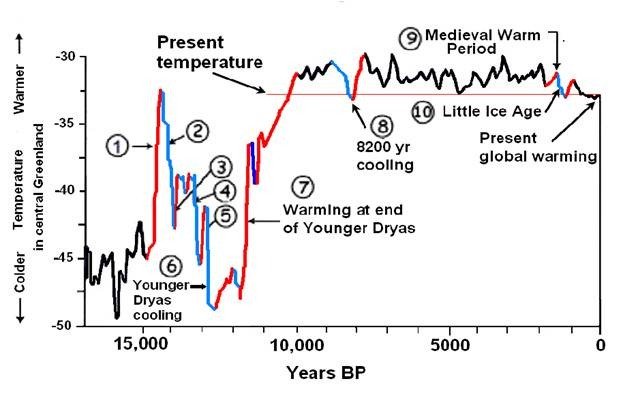Did the Younger Dryas Cosmic-Impact Hypothesis Just Get Legitimized?

A recently released paper (with 24 authors) in the Journal of Geology from the University of Chicago Press seems to be seriously backing a theory Graham Hancock helped to make popular – that a giant meteor caused the Younger Dryas period to kick in roughly 12.8k years ago.
Some of the ‘considerable evidence’ hinted in this abstract that suggests Earth was hit by a massive comet includes ‘high concentrations of platinum over much of the Northern Hemisphere’ and a ‘high peak in ammonium’ that seems to match samples from the same period at similar sites in Greenland, Antarctica and Russia.
All of this leads to a distinct explanation for the Pleistocene megafaunal extinction and human population decline. Try to take in this very powerful imagery:
“A number of different chemical signatures — carbon dioxide, nitrate, ammonia and others — all seem to indicate that an astonishing 10 percent of the Earth’s land surface, or about 10 million square kilometers, was consumed by fires.”
That’ll no doubt cause some serious destruction.
WHAT DOES THIS MEAN?
It’s fascinating to see this theory make its way to the mainstream. Will more papers emerge with further evidence to back up this idea? Or will we see a backlash from the science community? Perhaps even efforts to refute this theory?
Either way, it’ll probably take a while as the paper was big enough to be broken up into a second part.
Considering the disagreements over the concept of nano-diamonds that may or may not take part in this theory, it doesn’t seem out of the question. But I can’t help but think that this just may be the turning point that helps to open this theory up to the proper scrutiny that solidifies it (or not) as a crucial part of Mankind’s historical past.